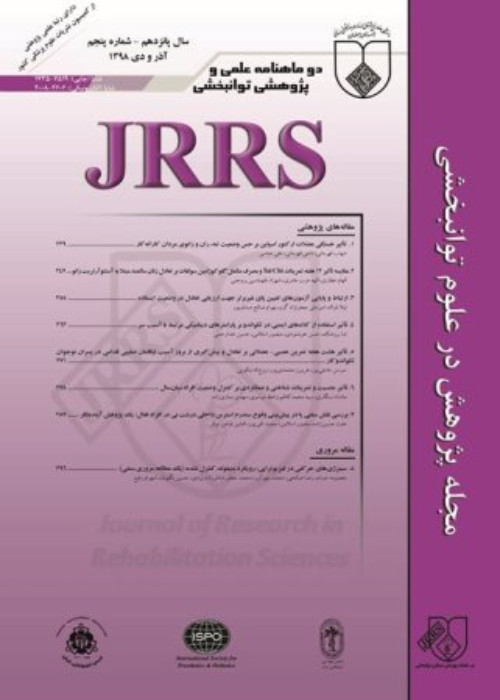Comparison of Effectiveness of Transcutaneous Electrical Nerve Stimulation and Dry Needling on Pain, Disability, and Pressure Pain Threshold in Patients with Upper Trapezius Myofascial Pain Syndrome: Randomized Clinical Trial
Myofascial pain syndrome is one of the most common disorders of the musculoskeletal system with skeletal muscle origin. It is characterized by the presence of trigger points, which are very sensitive points in the muscle and are often found in the tight band of skeletal muscle; they are sensitive to stimulation (pressure or use of dry needles) and create a referral pain in an area far from that points. The prevalence of trigger points is higher in the postural muscles of the upper quarter, especially the trapezius muscle. The aim of this study was to compare the short-term effects of transcutaneous electrical nerve stimulation (TENS) with dry needling on pain, disability, and pressure pain threshold in subjects with trigger points in upper trapezius muscle.
In this clinical trial, 45 patients with upper trapezius muscle trigger points were randomly divided into three groups: TENS and stretching exercise (group A), dry needling and stretching exercise (group B), and stretching exercise alone (group C, control). The joint program between the three groups was to perform trapezius muscle stretching exercises at home for two weeks. In addition to stretching exercise training, group A was treated with TENS for ten sessions during two weeks (5 days a week). Group B, besides stretching exercise training, was treated with three sessions of dry needling for two weeks. Group C was the control group and was trained only in stretching exercises. The outcomes were pain intensity, disability, and pressure pain threshold that were measured using Visual Analog Scale (VAS), Neck Disability Index (NDI), and digital algometer. Paired t-test was used to compare before and after treatment in each group and one-way analysis of variance (ANOVA) test was used to compare mean changes between the three groups.
After treatment, significant improvement was seen in pain intensity and NDI in all three groups (P < 0.001), but there was no significant difference in pressure pain threshold in any of the three groups before and after the intervention (P > 0.05). Moreover, there was no significant difference between the three groups in mean changes of pain, pressure pain threshold, and NDI scores after the intervention compared to before the intervention (P > 0.05).
Although the use of TENS and dry needling along with stretching exercises in subjects with upper trapezius muscle trigger points helps to reduce pain and disability, but it has no additional effect and only stretching exercise in these patients helps to reduce pain and disability to the same extent.
- حق عضویت دریافتی صرف حمایت از نشریات عضو و نگهداری، تکمیل و توسعه مگیران میشود.
- پرداخت حق اشتراک و دانلود مقالات اجازه بازنشر آن در سایر رسانههای چاپی و دیجیتال را به کاربر نمیدهد.


